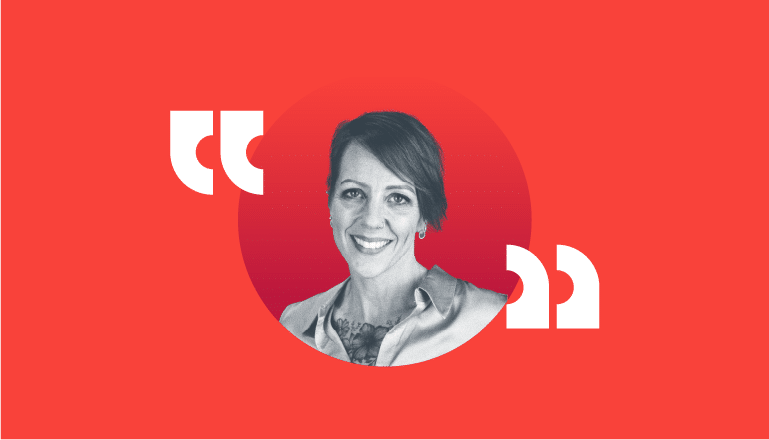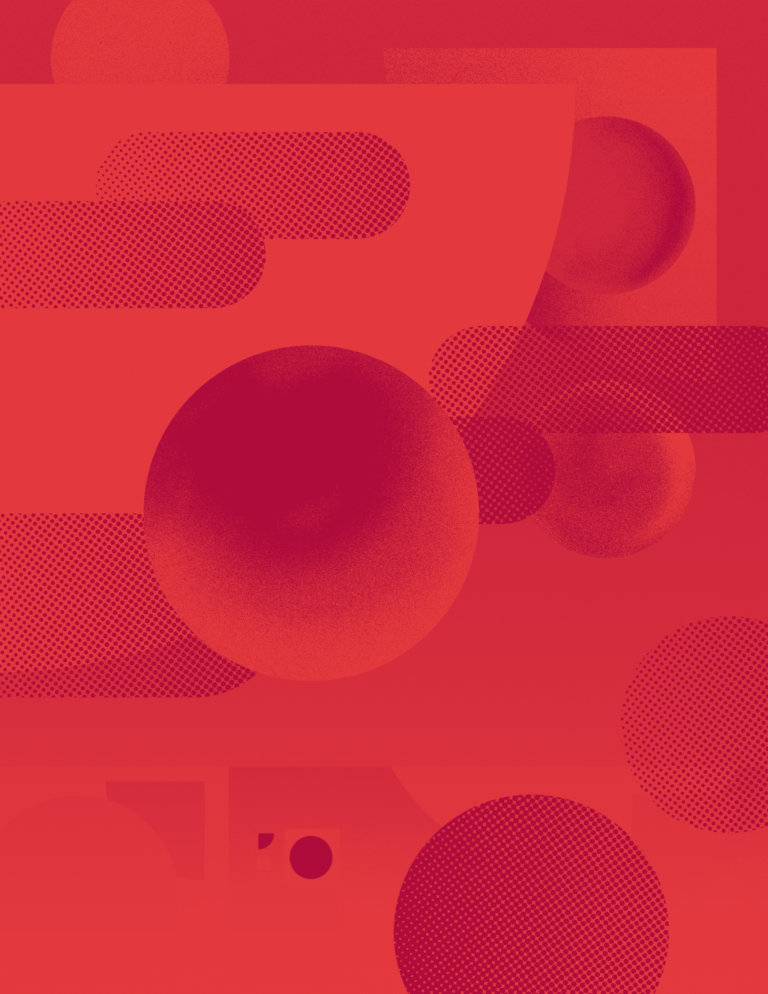February 26, 2024 | Net Health
3 Minute Read
Unlocking Specialty EHRs: Take a User-Centric Approach to Wound Care
Perhaps no technology in the past 50 years has generated more contentious conversation among providers than the Electronic Health Record (EHR).
Introduced on a wide-scale basis in the late 1980s, today, more than 90 percent of providers and 96 percent of hospitals use some type of EHR in their practice. Over the past 20 years, specialty EHRs, introduced for practices ranging from psychiatry and cardiology to wound care and radiology, have become prevalent. As a healthcare technologist currently working with Net Health — one of the foremost specialty EHR companies in wound care — I have encountered a wide range of experiences highlighting issues to address and opportunities for practice transformation.
Understanding Provider/Provider Perceptions
When first introduced, EHRs were viewed skeptically by some providers. Recently, I’ve noticed that providers’ perceptions are changing yet again. Today, I primarily see three types of provider attitudes regarding EHRs.
- “I’m not a fan — but recognize the necessity.”
- “I love EHRs — was raised on technology and can’t imagine life without it.”
- “I understand the value of EHRs — but want to have just one platform for all types of care.”
If an organization’s goal is to unlock the potential of critical wound care tech like EHRs, these attitudes must be addressed. As technology developers, hospitals, or private practices, we can’t just ignore them. Failing to do so can lead to persistent delays in the full adoption and optimal utilization of advanced technological solutions. Moreover, it can contribute to ongoing challenges related to burnout, staff retention, and the quest to optimize the efficiency and effectiveness of vital wound care programs.
“I’m not a fan“
Think it’s just the older providers that don’t like EHRs? That’s not what I’ve found. I often observe EHR frustrations among healthcare professionals transitioning to wound care and who may not be accustomed to today’s practices detailed documentation and meticulous coding requirements.
Many of their concerns revolve around the time it takes to input information and the duplication of effort—inputting the same patient data multiple times. However, after a few months in practice, most quickly realized that documentation serves as the central hub for a wound care practice. It holds the critical spokes of documentation, reimbursement, and compliance. Plus, documenting treatments and medical necessity is what enables optimal reimbursement, the ability to track treatment progress over time, and ultimately, and most importantly, ensures better patient care and outcomes.
“I love EHRs”
Providers who love their EHRs appreciate its many benefits, from workflow efficiencies to giving them more time to be with patients.
They are looking for solutions that take their practice to the next level and for new ideas. For example, a wound care clinic expanding into home health may want more insights on using positive data to market their practice for referrals or how to use technology to better connect and engage patients. I’ve seen some great success stories from practices that use their data to pullout exceptional performance stats then incorporate that information in marketing outreach to gain referrals.
“I understand the value of EHRs”
Some wound care providers are dealing with leadership who are under the mistaken impression that a generic universal system—a one-size-fits-all approach—is a way to manage costs and ensure interoperability and seamless communication among systems.
Fans of specialty EHRs recognize that’s not the case. From coding to documentation to frequent regulation updates, generic EHRs need people behind the technology with the expertise to provide the required support. Most generic EHRs don’t have that capability, and in many instances, costs are higher.
Recently, a wound care clinic’s leadership went to their organization’s leadership with a list of reasons why a specialty EHR was the best option. Specifically, they highlighted that specialized documentation helped consolidate applications and that the ability to incorporate billing into the specialty EHR vs. the generic system helped to cut hours required for administrative tasks from their day. Greater efficiency, enabled the practice to see more patients in a day without over-burdening staff, and while increasing profitability.
The good news is that today most leading EHRs work well with specialty wound care solutions. Developers collaborate to ensure ease of use and that providers get optimal efficiencies and outcomes.
Specialty EHR Features that Matter
Because wound care technology impacts everything providers do in a day, choosing the right option is important. Whether they are asked to contribute opinions, are on a new technology selection team, or are serving in some other capacity, here are the questions providers should ask and encourage decision-makers to understand and evaluate when selecting or altering wound care technologies.
- Does the EHR integrate with other solutions, such as the facilities current EHR and digital wound imaging platforms? One of the questions I’m often asked is how digital platforms work. A digital wound care platform typically works by integrating various technologies and tools to streamline the management of wound care processes. The critical functions provided include: Patient Data Management; Wound Assessment; Treatment Planning; Communication and Collaboration; Remote Monitoring; Analytics and Reporting; Integration; and Patient Engagement.
- Speaking of integration, what about interoperability? This is such a hot-button topic for facility leadership. Look for technology that offers seamless data transfer and Single-Sign-On (SSO) capabilities, a fully embedded interface that leverages Self-Monitoring, Analysis, and Reporting Technology (SMART) on Fast Healthcare Interoperability Resource (FHIR), which aims to improve data exchange. Check out other features here.
- How does the technology measure the perimeter of the wound?
- How does wound care documentation interact with other technologies or apps? What are the downstream effects related to billing, specifically the different changes with regulatory and coding – patient care and billing, and how does it all work together?
- How will the technology impact workflow? Consider your department’s core workflows and how all your apps or technologies are integrated into those solutions. For example, a traveling wound care provider visits patients in an LTC. What happens after? How does that information get incorporated into your EHR? Is it a time-consuming manual process or something that can be done on-site?
- What support does the technology vendor offer? Support will be vital if you are starting a wound care private practice or clinic. Look to a vendor with experience and knowledgeable people to help you understand workflows and processes and will provide support to improve overall performance. Ensure the vendor’s solution include helpful features like dashboards that will give you actionable insights like wounds at risk, not healing, and clinical and usage data by date and facility/department.
And I always tell people to pay particular attention to the potential of a system for customization. To provide the most value, a specialty wound care EHR should be easily modified so departments can build it out with different documentation fields based on their workflows, the daily duties of team members and the information and tools they need readily available to do their jobs.
Additional Factors to Consider
There are two additional factors I think are critical when it comes to spending the time and effort to pick the right technology solutions.
- Connecting Providers with Patients. What I like about wound care as a specialty is the connection providers have with patients. Chronic wounds take a lot of time and care to heal. There is considerable interaction with providers that can lead to meaningful – and beneficial – relationships. Technology should be in the background – something you don’t have to think so that you can think and care for patients.
When I started working, I worked closely with engineering teams building the tech. As a product manager, I now work more with providers, and it’s been fascinating to see how all the innovations those engineers created help the people who use the technology. Understanding the why of a technology application is so important, and I love seeing examples of creative solutions that end up being game-changers for the people using it. - Addressing Burnout. Burnout, stress, early retirement, leaving the profession. . . all these remain tough issues organizations are struggling to address; it’s no wonder. Half of all providers reported feeling burnt out in 2023. Several of the specialties most at risk for burnout – including diabetes and rehabilitation, deal with chronic wounds on a daily basis. I’ve found that organizations with specialty EHRs have the potential for less burnout and frustrated providers than those trying to pound a square generic EHR into the round slot that is wound care.
More Efficiencies + Less stress = Win for All
Technology adoption will become less of an issue as more providers who grew up with it enter the workforce. However, optimizing technology will remain challenging for organizations that fail to align their needs with providers who must use technologies daily.
It is crucial to understand providers’ perceptions and demonstrate how technology can enhance their lives by allowing them more time for patients and less for burdensome tech-related tasks. What’s my recommendation as a layman to organizations thinking about adding or changing their wound care EHR? Choose technologies that make the workday more efficient and less stressful while emphasizing optimal patient care.
Organizations that adopt this kind of user-centric approaches to wound care tech will unlock its full potential for all their key stakeholders.





